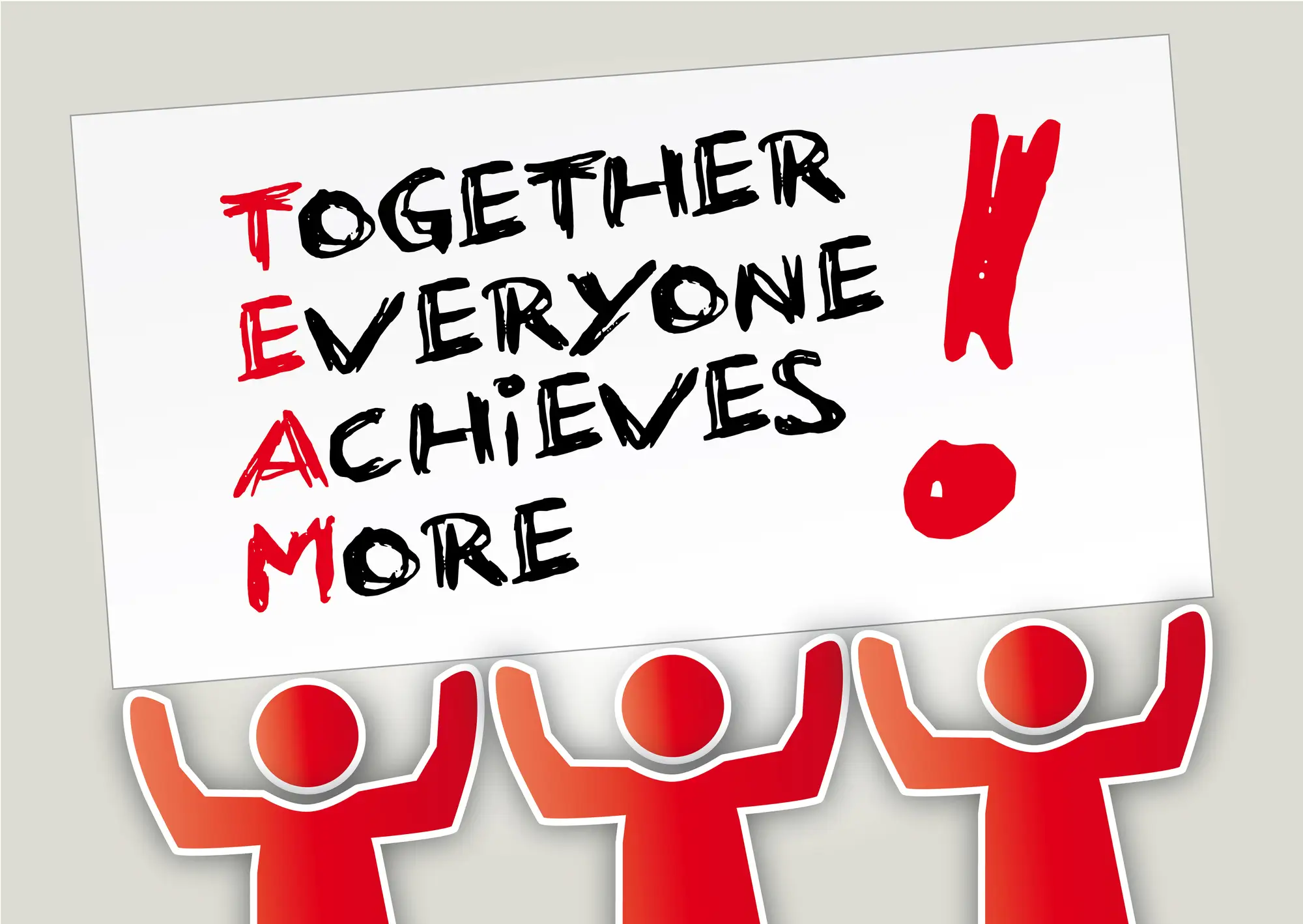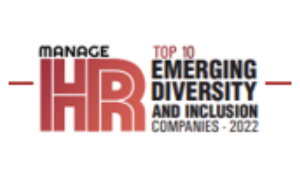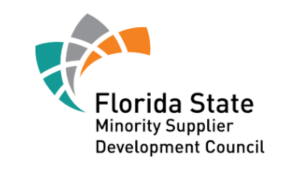As my team at Inclusive Leaders Group (ILG) wrapped up 2023 with our annual year-end business review, trend was noticeably clear, most of our clients had pivoted to a holistic approach to diversity and an increased focus on inclusion and belonging.
From 2020 to 2022, most of our clients were working on issues around gender and race. By gender, I mean women and working mothers. By race, I mean efforts focused disproportionately on Black and Hispanic people first, while Jewish and Muslim employees, as well as native and Indigenous people were rarely included. Organizations we support have been increasingly open to initiatives focused on the importance of LGBTQIA inclusion, due in part to the advocacy and anti-discrimination efforts by the LGBTQIA community across society. All of these efforts continue to be effective and vitally important, but ILG clients have recognized that diversity is so much more than gender, race and the LGBTQIA community.
Holistic DEI (Diversity, Equity, and Inclusion)
In 2023, clients with DEI strategic plans aligned with their overall business strategy are executing Holistic DEI strategic initiatives – programs that take into account the interconnectedness of the many different dimensions of DEI. When providing strategic advisory, training, and leadership development services for clients, ILG stresses that diversity is not just about visible differences such as race, gender expression, and age but also includes less visible aspects such as socio-economic status, cultural background, (dis)ability, citizenship status, accents, and neurodiversity. Holistic DEI work acknowledges that creating a truly equitable and inclusive environment requires more than just surface-level changes. You must commit to transformational structural and cultural change.
Holistic Approach to Diversity and Increased Focus on Inclusion and Belonging Trends
5 trends observed in 2023 include:
- Greater Inclusion of Men: Particularly white men who are the group we focus on the least in DEI work because traditional business customs, norms, rules of engagement and expected behaviors are primarily based on white, cisgender, heterosexual men. While it may be true for many white men, by understanding their lived experience and perspectives DEI efforts can help build initiatives to address blind spots and offer insights that can be incorporated into other DEI work.
- Understanding the Needs and Challenges of Employees with Disabilities. Organizations are increasingly executing proactive accessibility solutions that don’t require employees to request management to provide the tools and resources they need. Employers are required to provide accommodations when requested but that puts the burden on the employee, particularly those with an invisible disability, to reveal something very private.
- Career Progression & Leadership Development for Neurodiverse Talent: Traditionally, leadership training and mentorship programs have been generic and mostly ineffective. However, a holistic DEI approach recognizes the unique challenges faced by minority groups. For instance, neurodivergent individuals might benefit from visual career maps or training programs tailored to their learning styles. By ensuring that these individuals see a clear future within the organization, businesses can tap into a reservoir of untapped potential and create a pipeline of diverse leaders along the way.
- Comprehensive Mental Health Resources: Workplace mental health is often a taboo topic in workplaces and a stigma remains. However, with rising awareness, employers are realizing the importance of supporting their employees’ mental well-being. Examples include digital libraries, access to counseling services, and mental health first aid training can provide invaluable support, especially for women, minorities, and the neurodivergent community, whom have higher levels of co-occurring mental health challenges.
- Understanding The Power of Intersectionality: At the heart of a holistic DEI approach is the concept of intersectionality. Coined by Kimberlé Crenshaw, this term highlights how different identity categories (like race, gender, identity, neurodiversity, etc.) intersect and overlap, leading to unique experiences of discrimination or privilege. Understanding intersectionality to ensure that initiatives and resources address the needs of employees who belong to two or more marginalized or underrepresented groups. For example, we assume that a program for women offers equal support for Black women, or that resources for Black employees offer equal support for Black women. Living at the intersection of Black and women does not automatically mean programs aimed at supporting those two, vastly different groups will support that person. By understanding and acknowledging these intersections, businesses can design DEI initiatives that cater to multi-faceted identities.
In conclusion, organizations should proactively embrace holistic DEI by factoring into account the interconnectedness of the many different dimensions of DEI. Understand that diversity is not just about visible differences such as race, gender expression, and age but also includes less visible aspects such as socio-economic status, cultural background, (dis)ability, neurodiversity, and intersectionality. By following these practices organizations can create more inclusive, equitable, and thriving workplaces.








